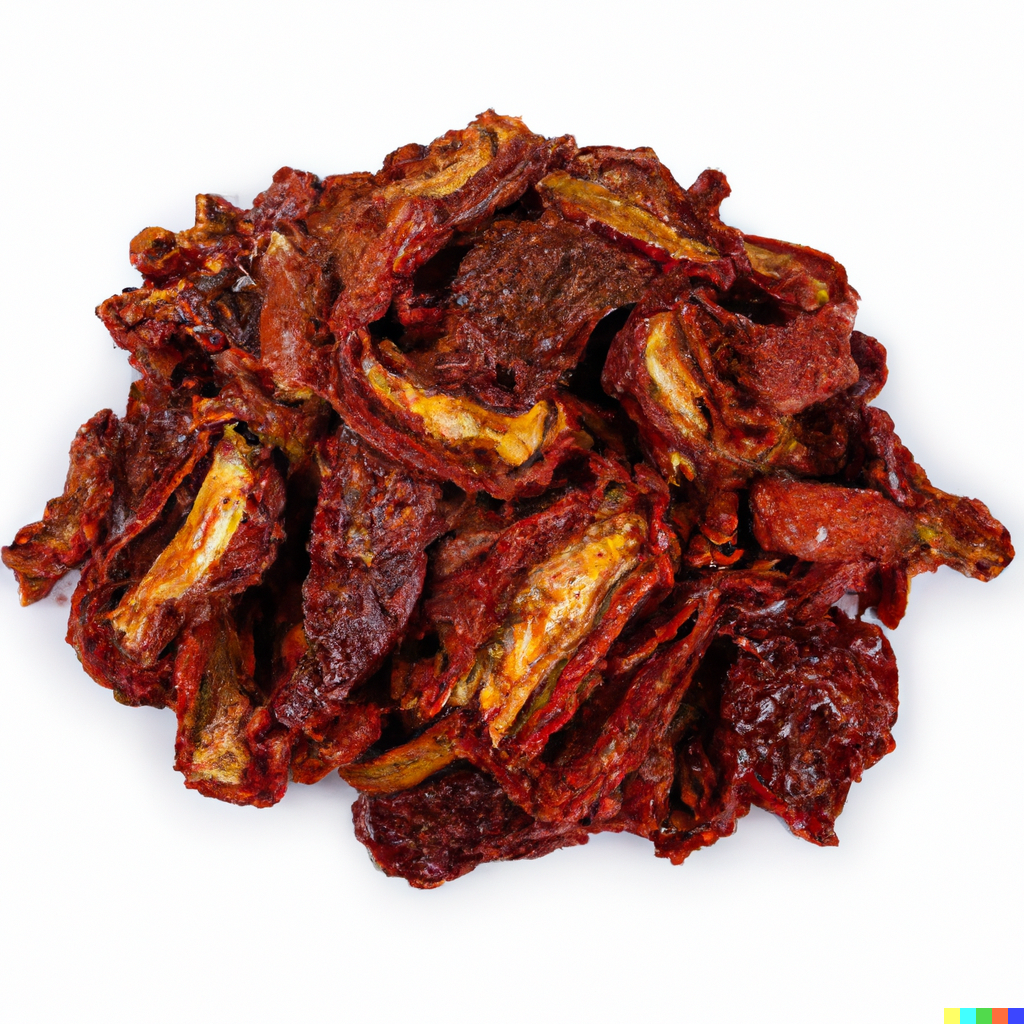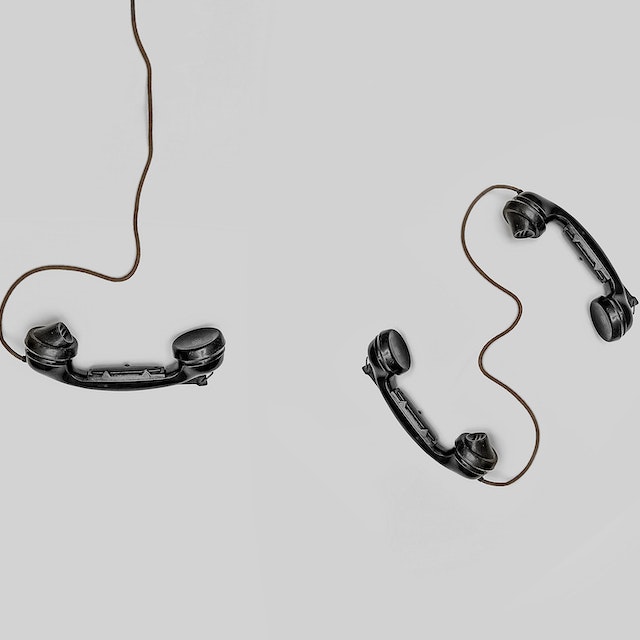Tomato Drying Application
Drying or dehydration is the process of removing vaporisable substances such as water from solid materials in order to slow or stop microorganism growth or chemical reactions.
In traditional drying methods, heat is gradually transferred from the surface of the dried material to the interior due to the temperature difference between the hot surface of the product and the colder interior during the drying process.


Let us Project for You
Let us develop and propose a special project for your sector, product and needs.



